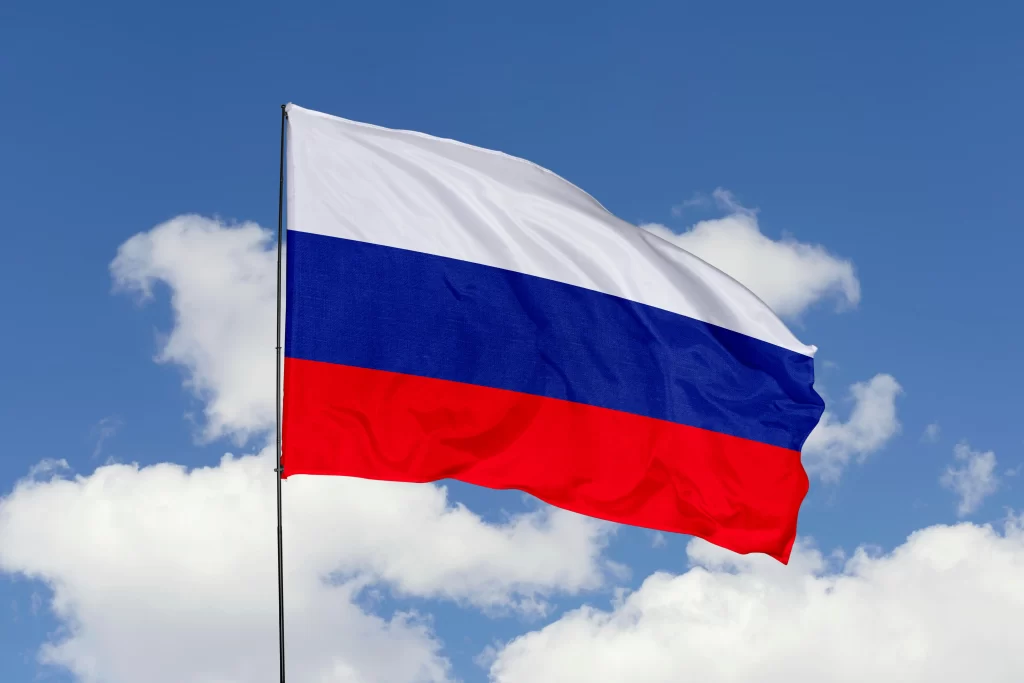Cargo Volume on the Northern Sea Route Soars: Russia’s Rosatom Targets 150 Million Tons by 2030
2 min read
According to data from Russia’s state nuclear energy corporation Rosatom’s subsidiary and operator of the Murmansk Port, FSUE Atomflot, the cargo volume transported on the Northern Sea Route (NSR) increased from 3.8 million tons in 2012 to 34.1 million tons in 2022.
The goal is to raise this figure to 80 million tons by 2024 and 150 million tons by 2030. The Arctic Council estimates that the economic value of the Arctic region, covering over 20 million square kilometers and uniting the economies of 8 countries, is more than $600 billion.
Murmansk Port, which plays a significant role in Russian cargo exports on this route, is of great importance. Andrey Dotsenko, Commercial Director of the Murmansk Commercial Sea Port, explained that the efficiency of using the NSR has been increasing in recent years. During summer navigation, the average transit time on the NSR is approximately 8-9 days under favorable weather conditions, halving the time required to reach main sales areas. Companies recognizing the opportunity of a shorter route prioritize the Murmansk Commercial Sea Port.
Dotsenko mentioned that cargoes have also been delivered from the Murmansk Port to Turkey, stating that 2.5 million tons of coal were sent from the NSR to Turkey in the first 7 months of this year.
Expansion of Icebreakers:
Atomflot’s goal is to increase the number of icebreakers to 13 by 2030. Leonid Irlytsa, General Director of Atomflot, stated that the universal series icebreaker Yakutia with a capacity of 60 MW will be commissioned in 2024, followed by another universal series icebreaker, Chukotka, with the same capacity in 2026.
Likewise, the 120 MW-capacity leader icebreaker Russia is planned to be commissioned in 2027, and the universal series icebreaker Kamchatka is scheduled for December 2028. Irlytsa mentioned that construction of the universal series icebreaker Sakhalin, with a capacity of 60 MW, is planned to start in the fall of 2025 and it is expected to be commissioned in 2030. In addition, a contract for the construction of a new generation nuclear-powered icebreaker and nuclear service vessel (NPV), scheduled for commissioning in 2029, was signed by Rosatomflot and Baltiysky Zavod JSC in May 2023.
Advantages of the NSR:
Irlytsa pointed out the advantages of the NSR: “The most significant advantage of the NSR is undoubtedly time savings. For instance, while a ship’s voyage on the southern route takes 50 days, the same route on the NSR takes less than 20 days. Icebreakers play a crucial role in ensuring the safe passage of cargo ships along the route. With the leadership of icebreakers, we can confidently say that the cargo ship will arrive from point A to point B on time.”







